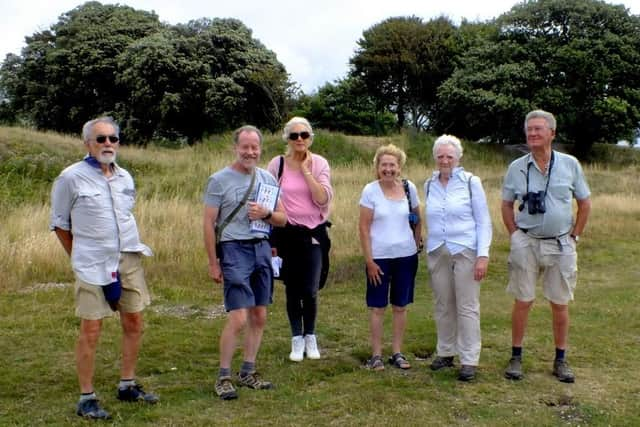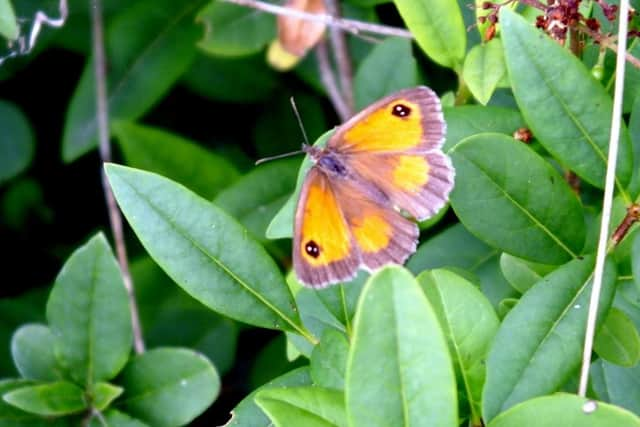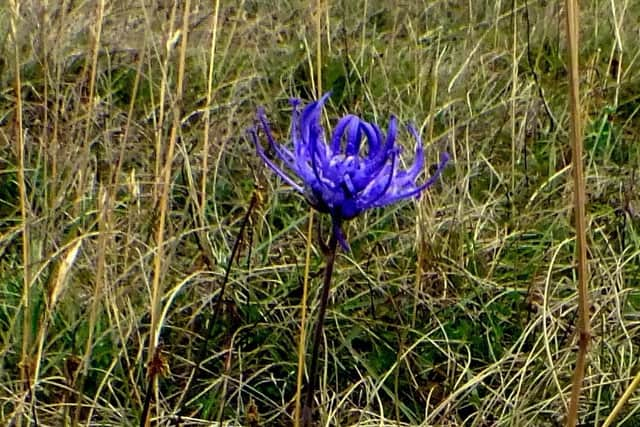The Big Butterfly Count: See what Ferring Conservation Group found on Highdown Hill in Worthing
and live on Freeview channel 276
Expectations were not high as Ferring Conservation Group set off on a dull and windy day in late July but determination was strong, as the group takes part in Butterfly Conservation’s annual nationwide Big Butterfly Count every year.
Graham Tuppen led the group, assisted by Clive Hall and Peter and Ruth Dale, as they walked to the top of the hill. They followed a path edged with large hawthorn and elder bushes, where they were rewarded with the sight of a few meadow browns and gatekeepers.
Advertisement
Hide AdAdvertisement
Hide AdJane Hayman, publicity officer, said: "Unfortunately, the balmy, sunny day that encourages butterflies to take to the wing was not to be. Instead, a dull and windy day greeted the enthusiastic group as they met in the car park and consequently, their expectations were limited.


Also in the news: Worthing residents warned about 'toxic' weed as summer holidays start
"It was reassuring to note a healthy ash tree standing proud in the vicinity and as the group ventured further along the brow of the hill, some common blues were seen, plus a solitary painted lady and a small skipper."


A beautiful silver-washed fritillary was spied by Clive Hall and it rested just long enough for the rest of the party to be enthralled by its beauty – a highlight of the morning.
Advertisement
Hide AdAdvertisement
Hide AdOther welcome sightings were the many wildflowers, including a round-headed rampion, knapweed, red bartsia, yellow rattle, agrimony, wild carrot and parsnip, and lady's bedstraw.
Jane said: "As a firm reminder that many species of wildlife share the wonderful habitat that the South Downs National Park provides, swifts and a lone skylark flew high above Highdown Hill while the familiar drilling sound of a woodpecker could be distinctly heard."
As they group headed through a partially wooded area on the lower slopes, a charm of striking goldfinches flashed past.


The final thrill was when Graham Tuppen spotted what he thought was a small bird but quickly realised was in fact a hummingbird hawk moth hovering around a buddleia bush near Highdown Tea Room.
Advertisement
Hide AdAdvertisement
Hide AdJane said: "This was a first sighting in the wild for Graham and he was suitably impressed. This day-flying moth has a wingspan of about two inches and uses its long proboscis to feed on the nectar of tube-shaped flowers. It is named for its similarity to hummingbirds."
It was an unexpectedly successful morning and to celebrate, the group stopped for refreshments before heading home to submit their sightings to the national database.
